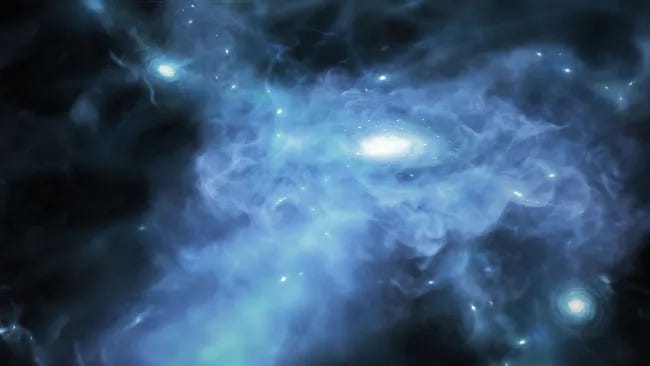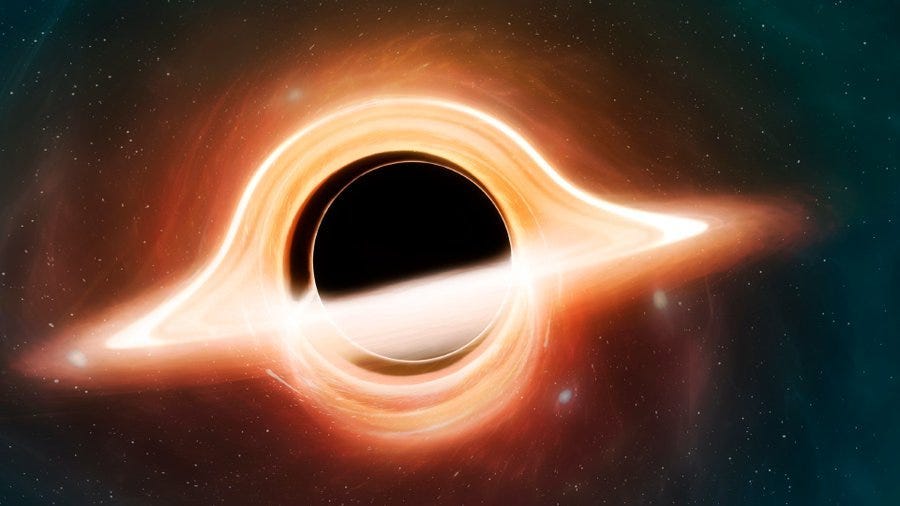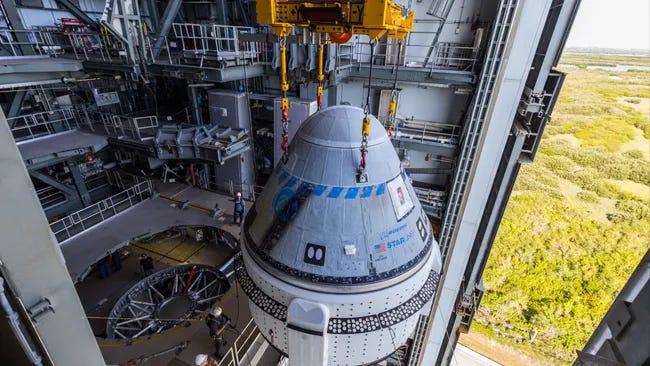Webb spots earliest galaxies ever
Last week the James Webb telescope discovered the universe’s earliest galaxies, formed just 400 million years after the Big Bang. These galaxies are so old, that they could even hold the first stars. Since the light from the past takes a lot of time to travel from these far-away galaxies to Earth, scientists can actually view their birth which happened in the past. These images taken by the James Webb telescope can even be considered the first direct images of galaxy formation. We have been able to observe galaxies in later stages of evolution, but this is the first time we are witnessing its very birth.
Astrosat discoveres strange patterns in blackhole
All black holes emit some or the other form of X-ray radiation. Last week, ISRO’s Astrosat telescope discovered an unusual pattern in X-ray emissions from a black hole system called 'Swift J1727.8-1613.' To put it simply, these emissions normally have stable frequencies, but they observed a rapid change from 1.4 Hz to 2.6 Hz over seven days. This mysterious change, called 'aperiodic modulation,' has rarely been seen before. We have no clue as to why this happened, but it could mean there are new, unknown processes near the black hole.
Boeing spots helium leak ahead of inaugural manned mission
Last week, private aerospace firm Boeing spotted a minor helium leak in its Starliner spacecraft which had been prepared to inaugurate the company’s first manned flight on June 1st. The launch may still take place on that day depending on how fast the leak will be fixed and if senior officials give the go after careful examination. The main objective of the mission will be to launch 2 NASA astronauts to the ISS for an 8-day stay.




